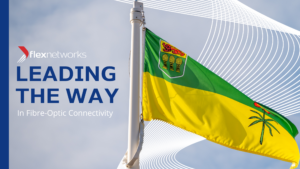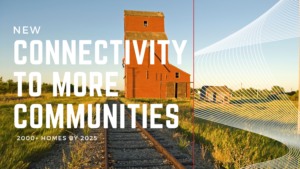
Why should my business upgrade from cable (coax) Internet to Fibre Optic Internet?
I’ve heard variations of this question many times over my career.
And my initial response is usually the same: you more than likely don’t.
If your business only requires basic download connectivity for web surfing and email, doesn’t utilize real-time applications like voice and video, hosts nothing in the cloud that needs reliable upload speeds and doesn’t require bandwidth higher then 1 Gbps, then you probably don’t need to upgrade from cable (coax).
However, if even one of these resonated with you, then you owe it to yourself to compare the two options.
Fibre Optic Internet vs. Cable (Coax) Internet
Aside from the basic physics and its inherent limitations – light travelling through glass vs. an electrical signal travelling through a copper wire – there are big differences between the two media types that all business owners need to compare and review before making an important decision like this.
| Feature | FlexNetworks Fibre Optic Internet | Cable (Coax) Internet | Fibre Benefit |
| Cost | More Expensive | Less Expensive | You get what you pay for |
| Download/Upload | Symmetrical | Asymmetrical | Many cloud applications require symmetry |
| Speed Limits | 10 Gbps | 1 Gbps | Great for data replication – Move more data, faster |
| Delivery Method | Dedicated bandwidth | Shared bandwidth1 | Staff Productivity remains constant |
| Signal Reliability | Low latency | Fluctuates based on time of day | Real-time Applications require stability |
| Service Level Agreement | 24/7/365, 6 hr MTTR, local response teams | Depends on what service level you buy | Shorter downtime means less impact on operations |
| Support | 24/7 live, manned Canadian NOC | Business Hours | Real-time network monitoring, issues dealt with proactively |
Ultimately, you need to ask yourself a few very simple questions:
How vital is connectivity to my business?
- What mission critical applications solely depend on a reliable and stable connection?
Or conversely, how has unreliable and instable connectivity negatively impacted my business?
- What technologies and applications have been delayed because of network constraints?
If you want to know more about the benefits of fibre optic connectivity, contact sales@flexnetworks.ca.
______________________________________________________________________________________________



